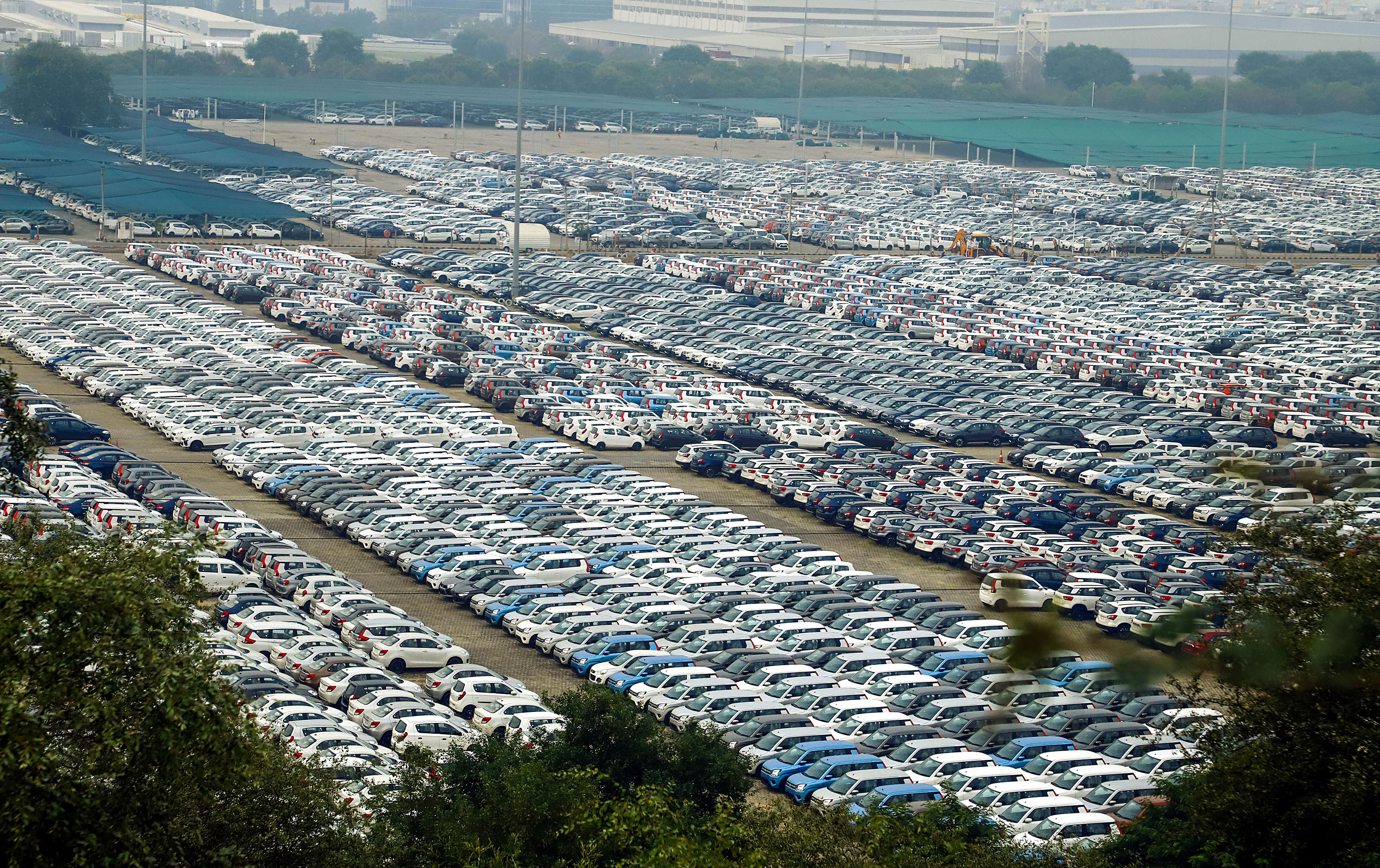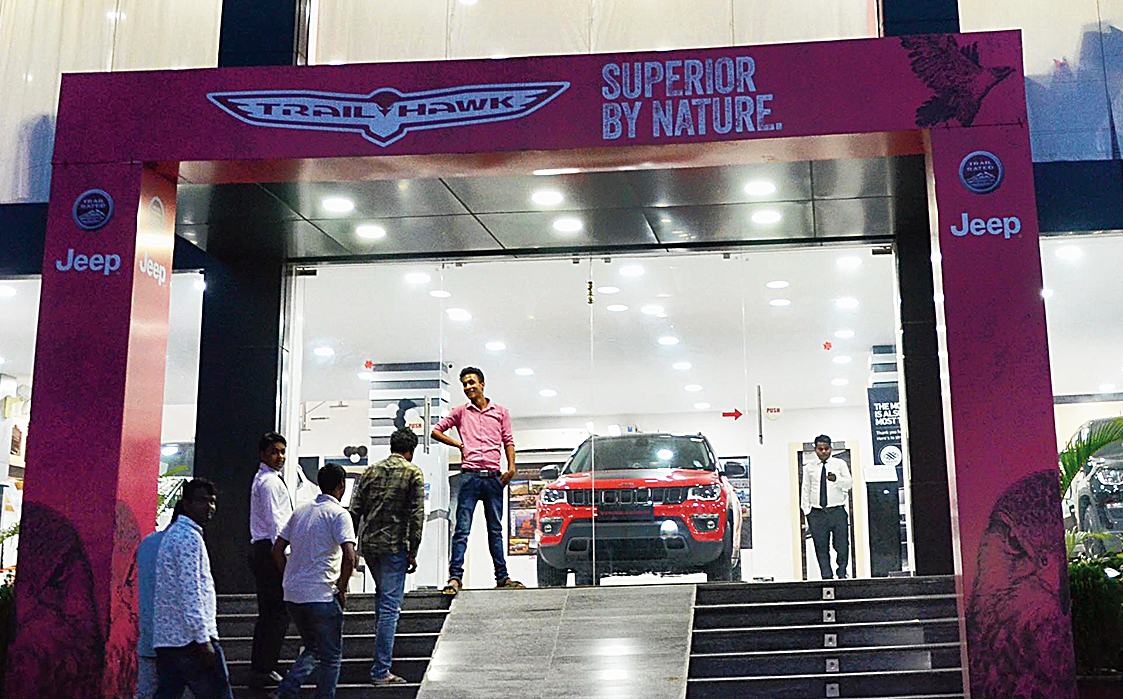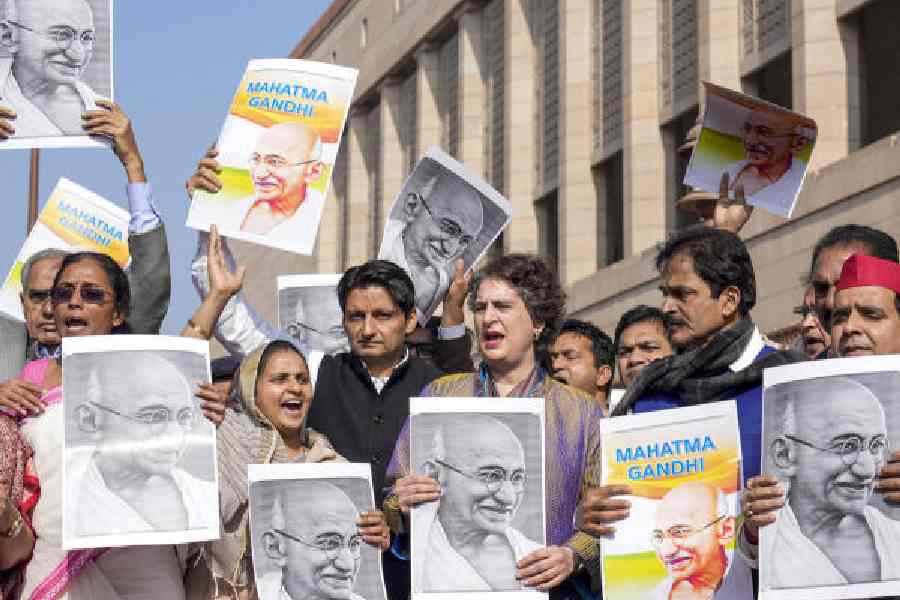While behavioural changes and the lack of funds have been cited as the main reasons for the slowdown in the automobile industry, there are certain regulatory changes that have also affected this sector’s growth adversely.
The Insurance Regulatory and Development Authority of India announced that two-wheeler owners would have to pay premium rates for third-party liability insurance cover for the year 2019-20 effective from June 16, 2019 for five years instead of three. Two-wheelers with engine capacity between 150cc-350cc would be affected the most with the hike of over 21 per cent, from the existing Rs 985 to Rs 1,193. Those with engine capacity not exceeding 75cc would have to endure a 12.88 per cent rise, while those between 75cc-150cc would bear an increase of 4.44 per cent. Furthermore, existing two-wheeler models with engine capacity higher than 125cc must now have the anti-lock braking system while those below that engine capacity would need the combined braking system. These ad hoc policy changes increased the cost of ownership for rural consumers who were already suffering on account of inadequate monsoons and a fall in farm prices. They became apprehensive about investing in new motorcycles and scooters, leading to diminished consumer demand in this segment. Making things worse was the proposed registration fee hike to Rs 1,000 from Rs 50 and stringent safety norms that resulted in mounting market prices.
Axle load norms were revised too. This meant that freight carrying capability of commercial vehicles was increased by 20-30 per cent equivalent to three years of freight demand. This reduced the need for additional vehicles. Lower demand from other sectors like agriculture also contributed to a weak market as fleet owners witnessed a drop in rentals. With the implementation of a GST of 28 per cent, the need for higher working capital for dealers increased by 20 per cent. Moreover, companies have to pay GST on unsold cars or inventories apart from bearing the cost of storing the vehicles. As on June 1, 2019, inventories amounted to over half a million cars worth Rs 35,000 crore. The implementation of BS-VI norms will further increase the price of cars as it is a new technology. BS-IV vehicles will be considered illegal after March 31, 2020 registration, resulting in further losses for manufacturers and dealers. This is the major reason why consumers are delaying buying new cars and opting for second-hand cars, sales of which have witnessed an upsurge.
India was the favourite destination of multinational car manufacturers before the slowdown. The annual sales of passenger vehicles were increasing by 33 per cent consistently for the last five years. India was expected to overtake Japan and Germany and emerge as the third-largest global car market by 2020 after the United States of America and China. But the slowdown in the automobile sector has changed the picture. Japan’s Toyota and South Korea’s Hyundai witnessed a fall of 24 per cent and 10 per cent, respectively, in July 2019. Although there has not been a formal retaliation by the MNCs operating in India against the government’s disruptive policies, they should perhaps consider reducing investment as demand is low and the market sluggish. This will be a huge setback for India’s automobile sector, which is in dire need of investments so that market prices can be reduced to stimulate demand.
Government policies affect consumer sentiments which, in turn, influence purchase behaviour. Apart from the easy availability of funds via non-bank finance corporations and public banks, the government must also revise its policies and create a more conducive environment to increase disposable income, boost demand and the overall mood of the economy.












